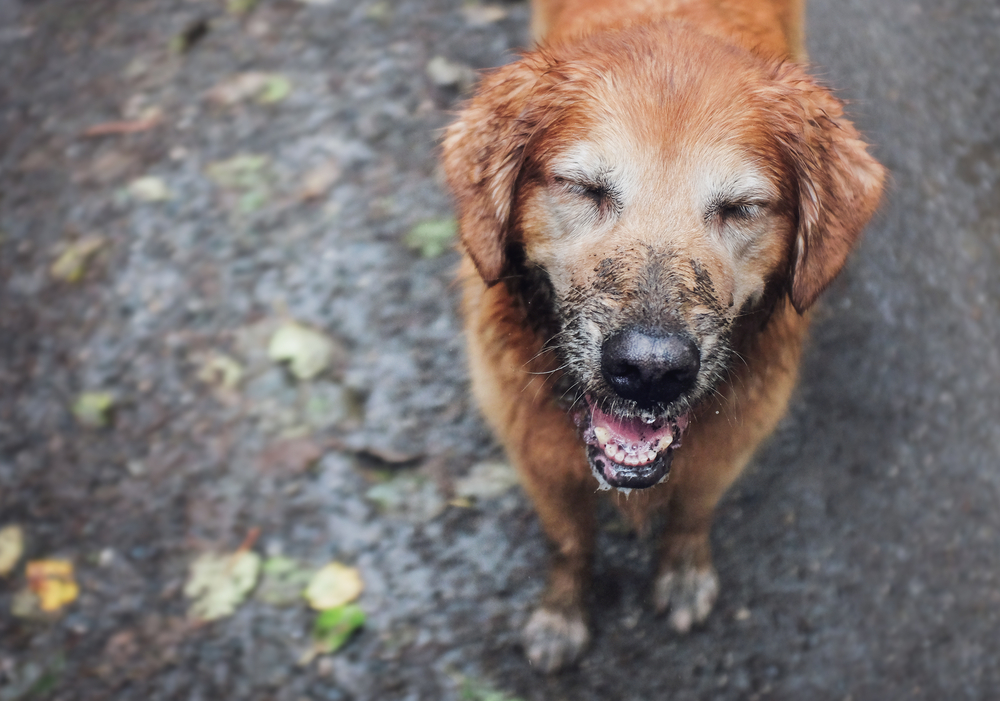Alabama rot: How to protect your dog against deadly disease
27th February 2024
Dog owners have been warned to be careful during walks and look out for the symptoms of Alabama rot after a spike of the deadly disease has been confirmed across the country.

Alabama rot has led to the deaths of 318 dogs in the UK since 2012, with 10 dying so far this year.
The disease, also known as Cutaneous and Renal Glomerular Vasculopathy (CRGV), damages the blood vessels in dogs’ skin and kidneys, which causes visible sores on the skin and can lead to severe organ dysfunction and ultimately kidney failure.
The cause of the disease is currently unknown, though research is ongoing. Vets believe it could be caused by bacteria or a toxin.
If a dog contracts Alabama rot, there is about a 10% chance the pet can be saved.
The disease is more common in the winter and spring, especially among dogs who walk in muddy, woodland areas.
This is why dog owners are urged to check for skin lesions and wash their pets after muddy walks, to curb the risk of the disease.
Alabama rot was first reported in America in the 1980s, and at first it was only thought to affect greyhounds. Nowadays, it can affect all breeds, ages and sizes of dogs.
What are the symptoms of Alabama rot?
According to the Royal Veterinary College (RVC), infected dogs tend to have skin ulcers on their legs or paws. Ulcers may also develop on the head, muzzle, tongue, flank and belly.
They vary in severity and could just look like a cut, bruise or sting. However, RVC experts say that most skin ulcers are not caused by Alabama rot.
Some dogs may develop kidney failure, which typically happens within one to nine days of first noticing the skin ulcers. Signs of kidney failure include lethargy, loss of appetite, nausea, vomiting, increased thirst or decreased urination.
No cure
As the cause of Alabama rot is still unknown, there is no specific treatment for infected pets. Vets will treat the skin ulcers, and if Alabama rot is suspected, they may monitor the dog’s kidney function.
Pets experiencing kidney failure may require specialist treatment, including plasma exchange and dialysis.

How to protect your dog?
Spotting the early signs of Alabama rot and seeking veterinary treatment immediately could help with the dog’s chances of survival.
The Kennel Club advises dog owners to check their dog’s body once a day for anything that may be different and to contact their vet straight away if they have any concerns.
Read more animal health articles.
